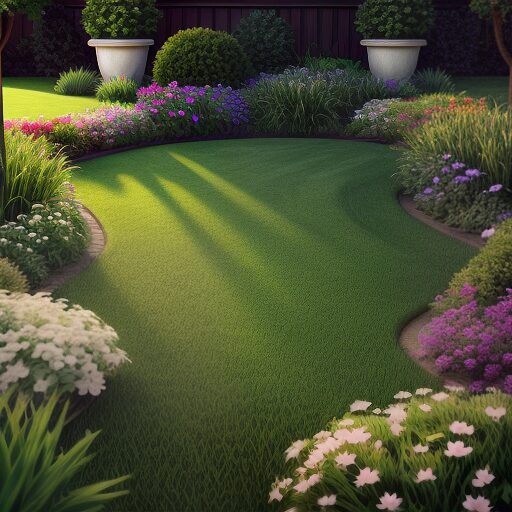-
Evergreen trees are some of the most effective noise barriers because they provide year-round coverage. Some of the best choices include:
- Leyland Cypress (Fast-growing, dense foliage, reaches up to 50 feet tall)
- Arborvitae (Many varieties, fast-growing, reaches up to 50 feet tall)
- Eastern White Pine (Fast-growing, dense needles, reaches up to 80 feet tall)
- Norway Spruce (Dense foliage, reaches up to 50 feet tall)
-
Broadleaf evergreen trees can also be effective noise barriers. Some good options include:
- American Holly (Dense foliage, red berries, reaches up to 30 feet tall)
- Cherry Laurel (Glossy leaves, reaches up to 20 feet tall)
- Photinia (Red new growth, reaches up to 15 feet tall)
-
Shrubs can be planted in front of trees or noise sources to provide additional noise reduction. Some effective noise-reducing shrubs include:
- Boxwood (Dense foliage, many varieties, reaches up to 15 feet tall)
- Privet (Fast-growing, dense foliage, reaches up to 10 feet tall)
- Viburnum (Many varieties, flowers, reaches up to 15 feet tall)
Tips for Planting Trees and Shrubs for Noise Reduction:
- Plant trees and shrubs in a double row for more effective noise reduction.
- Plant trees and shrubs close together, but not so close that they crowd each other out.
- Choose trees and shrubs that are native to your area. They will be more likely to thrive and require less maintenance.
- Plant trees and shrubs on the side of your property where the noise is coming from.

